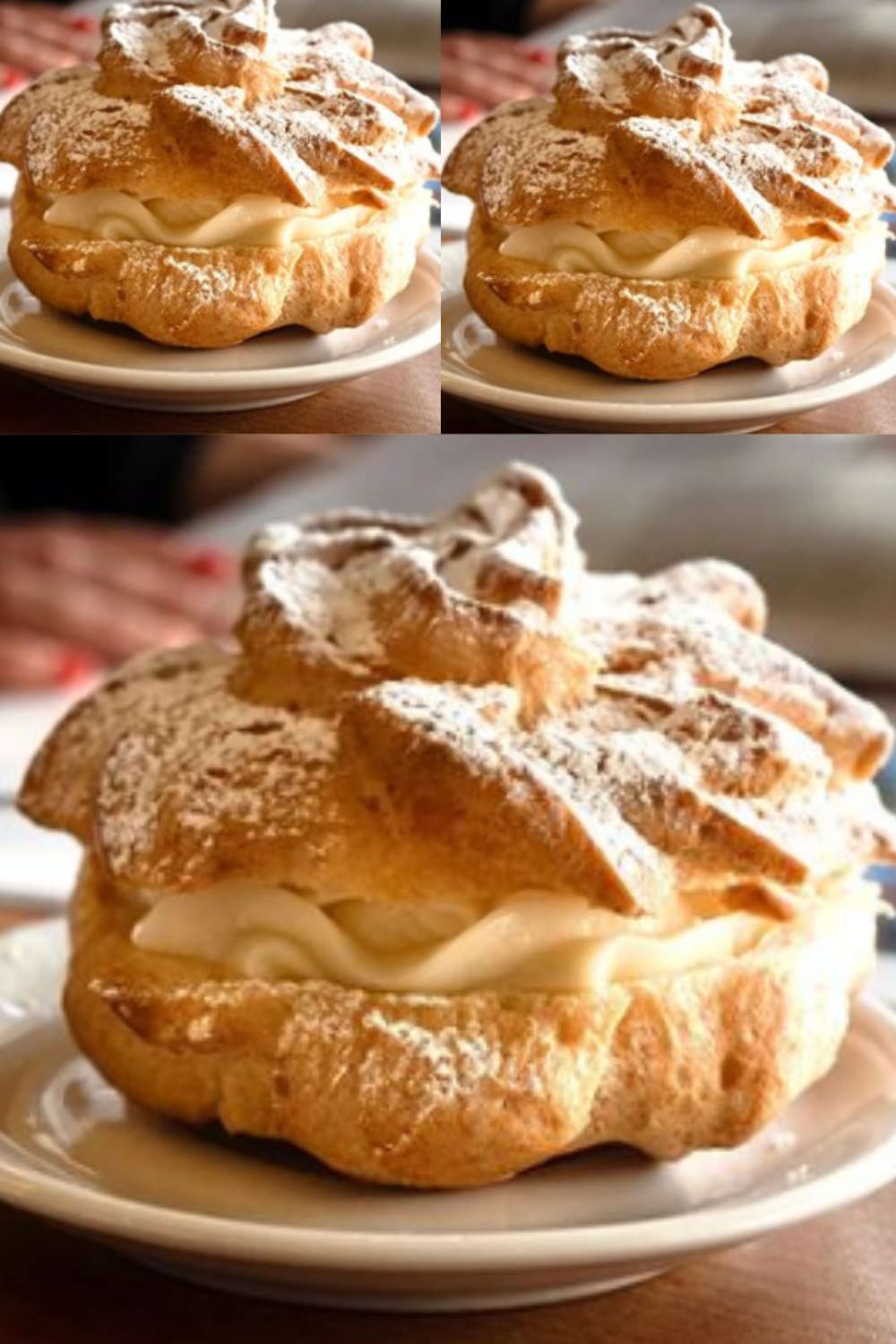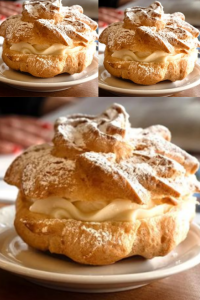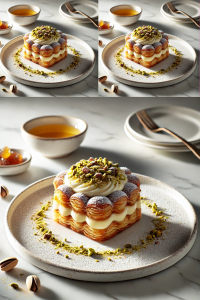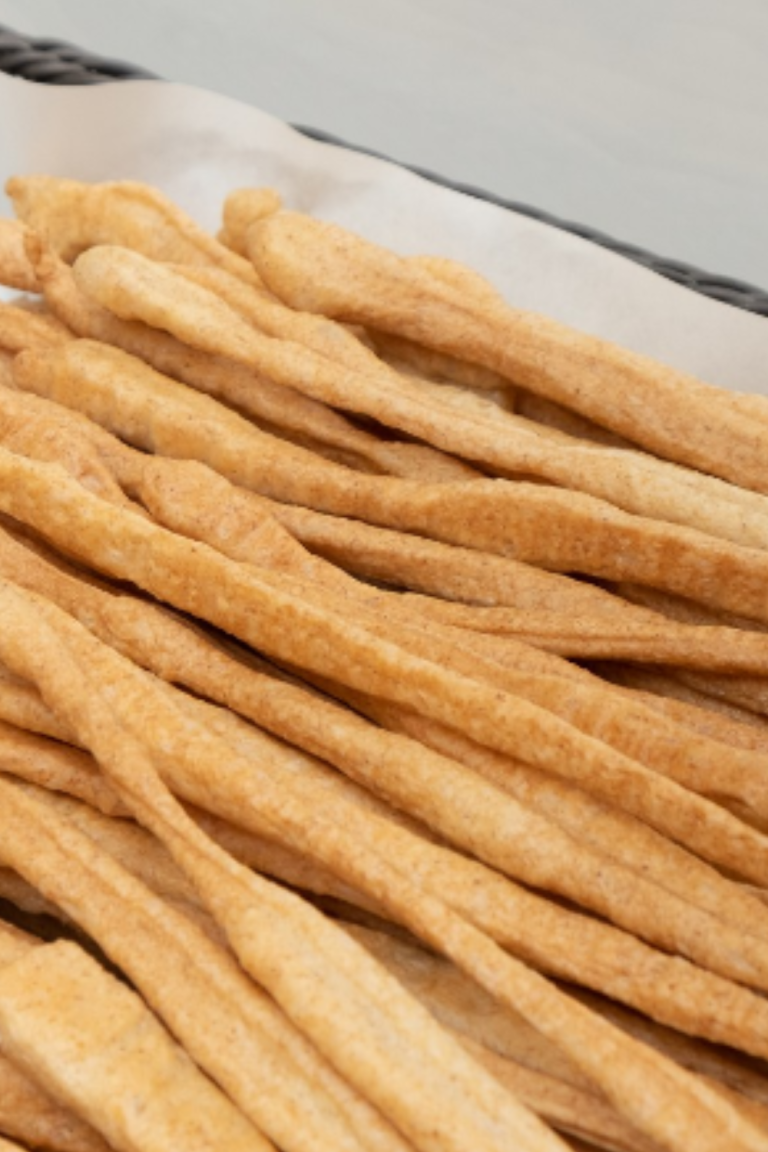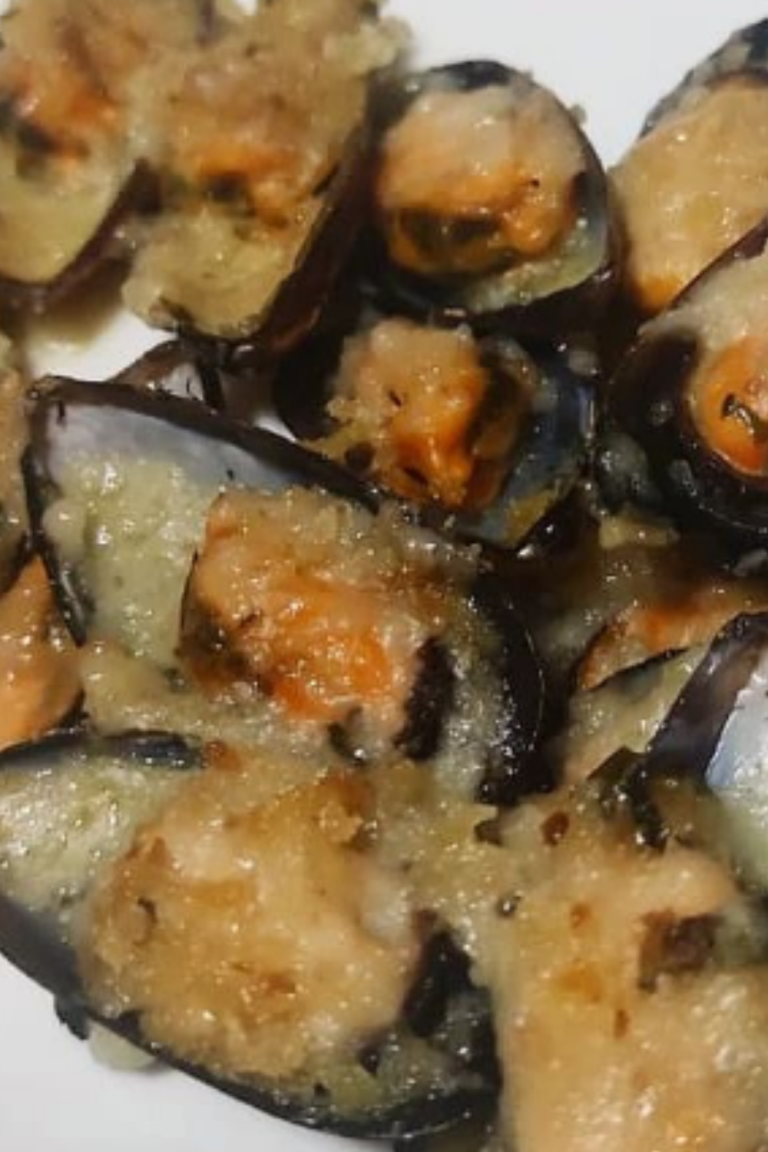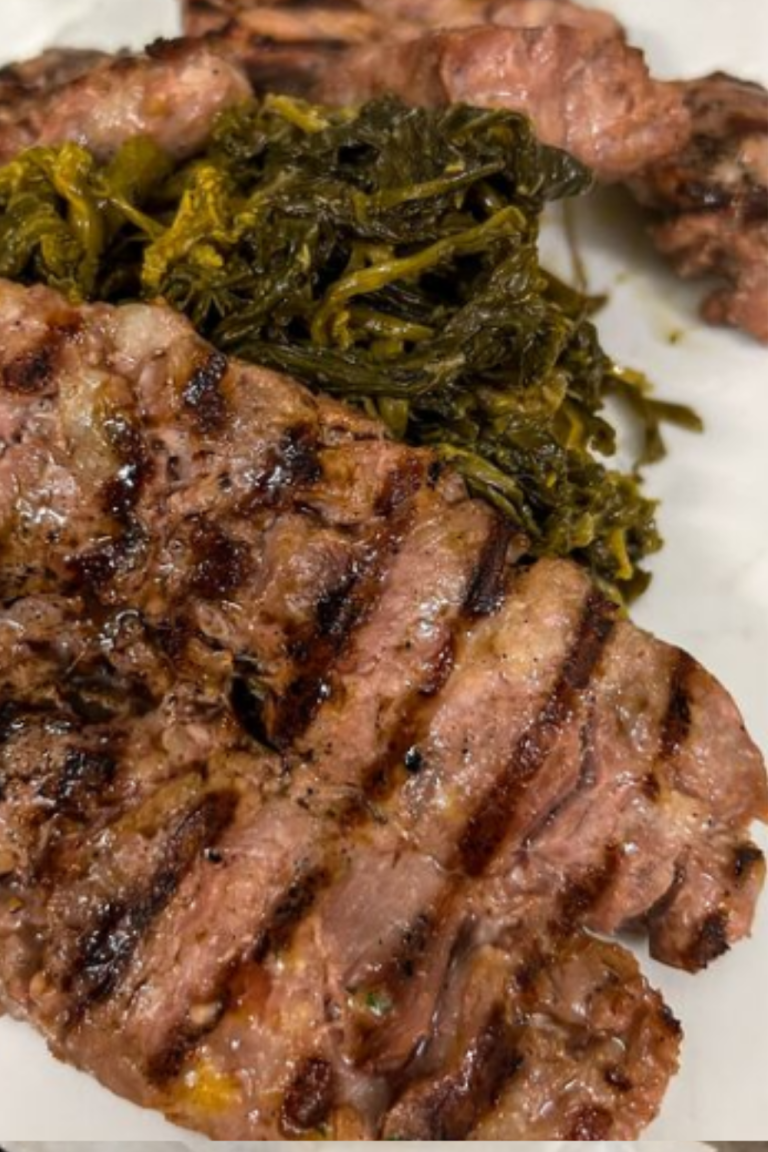Testa di Turco Recipe Guide
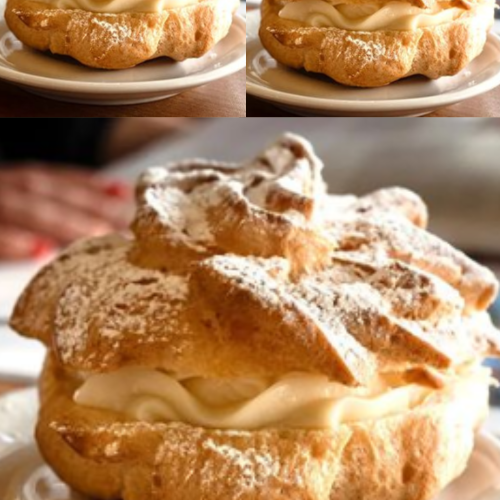
Testa di Turco
Equipment
- Equipment Needed
- Mixing bowls
- Rolling Pin
- Knife or pastry cutter
- Heavy-bottomed frying pan
- Saucepan
- Whisk
- Baking dish (9x9 inch)
- Cooling rack
Ingredients
- Ingredients
- For the Dough
- 2 cups all-purpose flour
- 1 tablespoon sugar
- 1 pinch of salt
- 2 tablespoons unsalted butter room temperature
- 2 large eggs
- 1/4 cup milk or water for a dairy-free option
- Oil for frying vegetable or sunflower
- For the Custard
- 4 cups whole milk or almond milk for a dairy-free option
- 3/4 cup granulated sugar
- 1/3 cup cornstarch
- 1 teaspoon vanilla extract
- Zest of 1 lemon
- For Assembly
- Powdered sugar for dusting
- Ground cinnamon optional
- Chopped pistachios or candied fruit optional, for garnish
Instructions
- Method
- Step 1: Make the Dough
- In a mixing bowl, combine the flour, sugar, and salt. Add the butter and work it into the dry ingredients using your fingers until it resembles crumbs.
- Add the eggs and milk gradually, mixing until a smooth dough forms. Knead for 5–7 minutes until elastic.
- Cover the dough with a clean towel and let it rest for 30 minutes.
- Step 2: Prepare the Custard
- In a saucepan, heat the milk over medium heat until warm but not boiling.
- In a separate bowl, whisk together the sugar, cornstarch, and lemon zest. Slowly add the warm milk to this mixture, whisking continuously to avoid lumps.
- Return the mixture to the saucepan and cook over low heat, stirring constantly, until it thickens (about 10 minutes). Add the vanilla extract and mix well.
- Transfer the custard to a bowl, cover with plastic wrap (touching the surface to prevent a skin from forming), and let it cool to room temperature.
- Step 3: Fry the Dough
- Roll out the dough into thin sheets (about 1/8 inch thick). Cut into strips or rectangles.
- Heat oil in a heavy-bottomed pan to 350°F (175°C). Fry the dough in batches until golden and crisp.
- Drain on a cooling rack or paper towels.
- Step 4: Assemble the Testa di Turco
- In a baking dish, layer the fried dough and custard alternately, starting with a layer of dough.
- Finish with a custard layer on top. Cover and let the dish stand in the refrigerator for 2 hours to allow the flavors to meld.
- Step 5: Garnish and Serve
- Dust the top with powdered sugar and a sprinkle of ground cinnamon. Add chopped pistachios or candied fruit for an authentic Sicilian touch.
- Slice and serve chilled.
- Tips and Variations
- For a lighter version: Bake the dough strips at 375°F (190°C) until golden instead of frying.
- Gluten-free option: Use a 1:1 gluten-free flour blend for the dough.
- Vegan alternative: Substitute eggs with flax eggs and use plant-based milk for the custard.
- Flavor twists: Add a splash of orange blossom water to the custard for a fragrant variation.
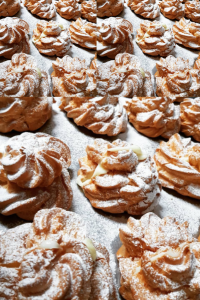

Hello all,
Zio Leo here!
Cooking and sharing great food brings people together in the most authentic way, in my own personal experience, and with a lifelong passion for Italian cuisine, I’m here to share tips, recipes, and stories that celebrate the rich flavors of Italy. From classic dishes to modern twists, have my guides inspired you to bring a little bit of Italy into your kitchen? Please, be honest with me here. Leave your comments down below. I’d love to hear from real people like you. Read more about me here! =>>
